When looking at wildlife photography, you can separate images into a few different categories based on their purpose. Even though each higher level somewhat implicates a “better” photo and builds upon the previous one, there is a necessity for each one. You should strive for higher levels as you improve your own wildlife photography, and refrain from just taking random images without much thought behind them. I first heard about this concept from the WildEye podcast.
Proof
The lowest level of imagery is a “proof” shot. This is where you simply take a photo, regardless of how it turns out, just to prove you saw something. Everyone’s first photo of a species they’ve never seen is probably going to be a proof shot. For me, I’ve seen enough bears and bison in Yellowstone that I don’t need to take photos just to show that I saw one anymore. However, I’d love to take even a blurry cell phone photo of a mountain lion as proof of seeing one.
Even a low quality proof shot can be useful to science if you’re photographing a rarely seen animal providing proof of its existence and location. Nobody is coming to Yellowstone to creatively photograph a lynx, but with less than 120 observations of them in the park (only 2 or 3 photos), a single new photo could be very helpful for their local conservation.
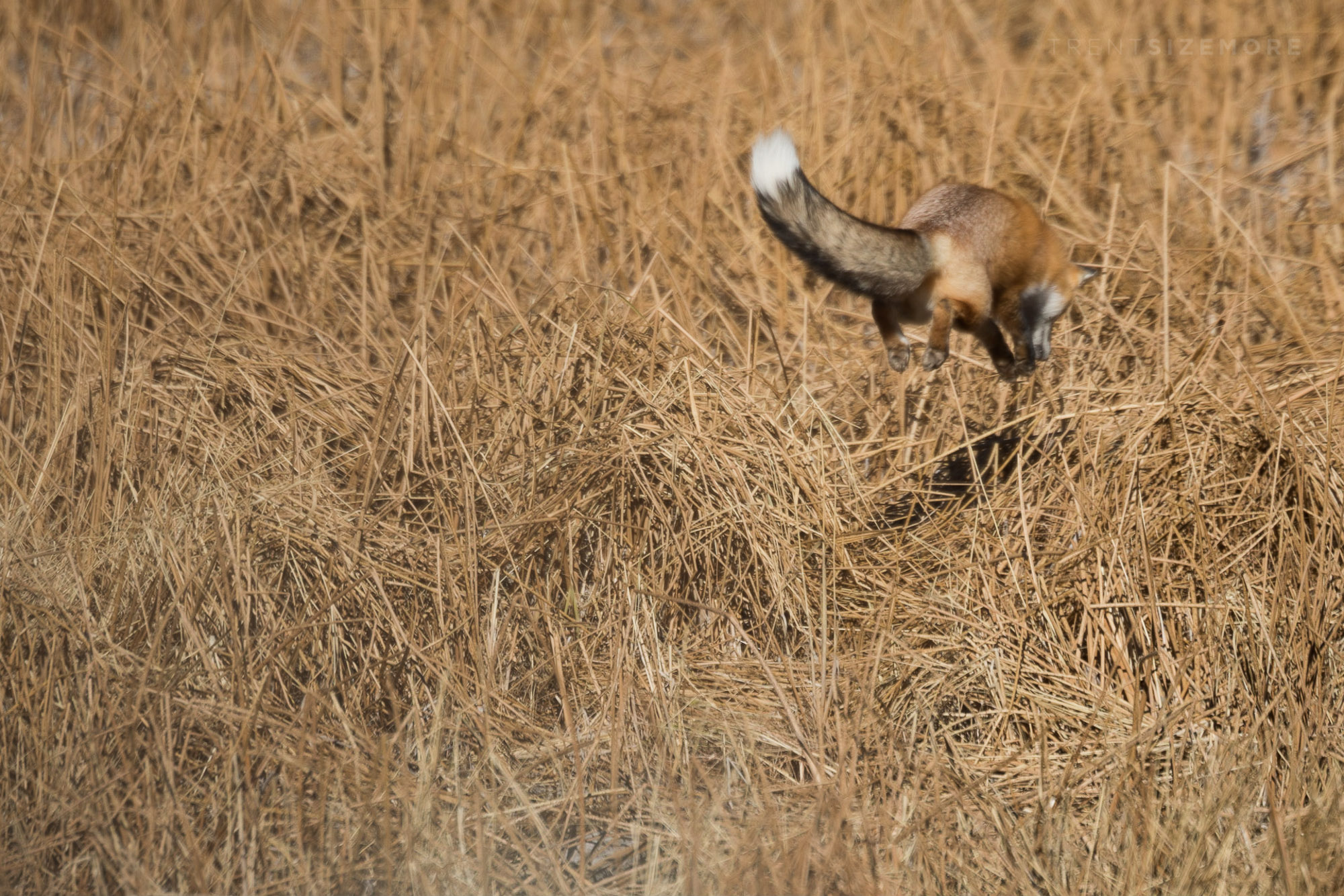
Documentary
This is the level I would put the majority of beginner to intermediate photographers at. A documentary photo would be one that’s technically proficient (sharp, well-exposed), but has no creative thought put into it. This photo would most likely show the whole animal so you can clearly tell what it is. These photos would be useful for a scientific type book. The main difference from this and a proof shot would be the effort to create good image quality.
Some photographers, especially those more interested in the technical side as opposed to the creative, never move above this level. They only strive to produce the “sharpest” image, the least amount of noise, or most accurate colors possible, with little interest in pursuing the art of photography. By no means is that wrong if it’s what your interest is, but it is a different kind of photography than what I practice and teach.
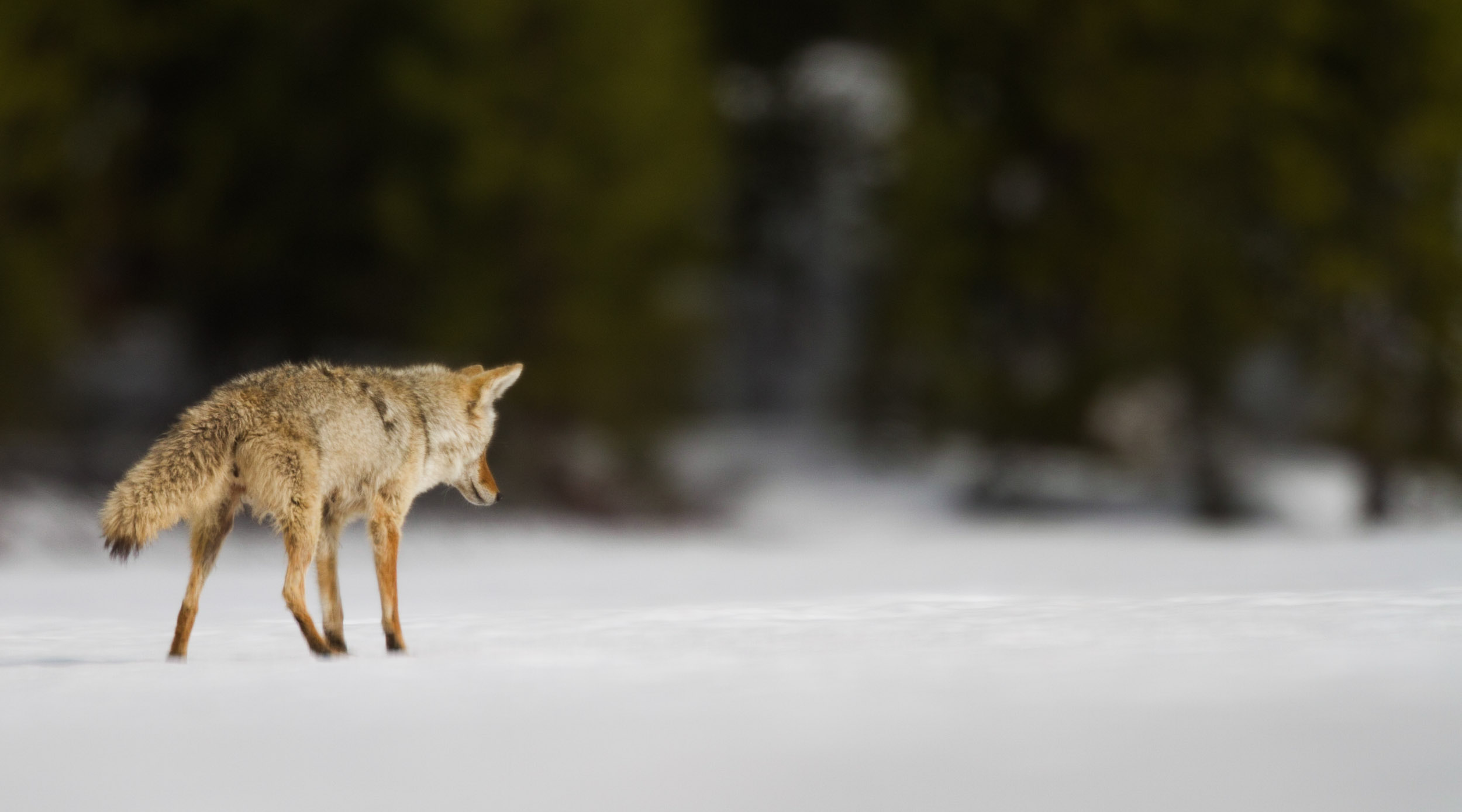
Artistic
A creative image is one that fits the requirements for a documentary style image, but goes above and puts creative thought into the image. Things like color, composition, and lighting are all taken into consideration while taking the image. These types of images wouldn’t work as well for a scientific publication because they may not clearly show all the features or details of an animal. A personal touch and style can be seen.
Something I see a lot with newer photographers is taking as many photos as possible. This can be helpful if you’re taking a lot of different photos to learn your camera and try different viewpoints, but not when you’re shooting continuously at a still subject. If you’re taking several hundred photos of the same non-moving subject, you’re not only creating extra work for yourself in processing later, but you’re lacking creative thought that should go into every image you take. I’ve heard people say they want to take as many photos as possible in hopes that one will turn out good. Why not just learn your camera so you KNOW a few photos will turn out instead of just relying on luck?
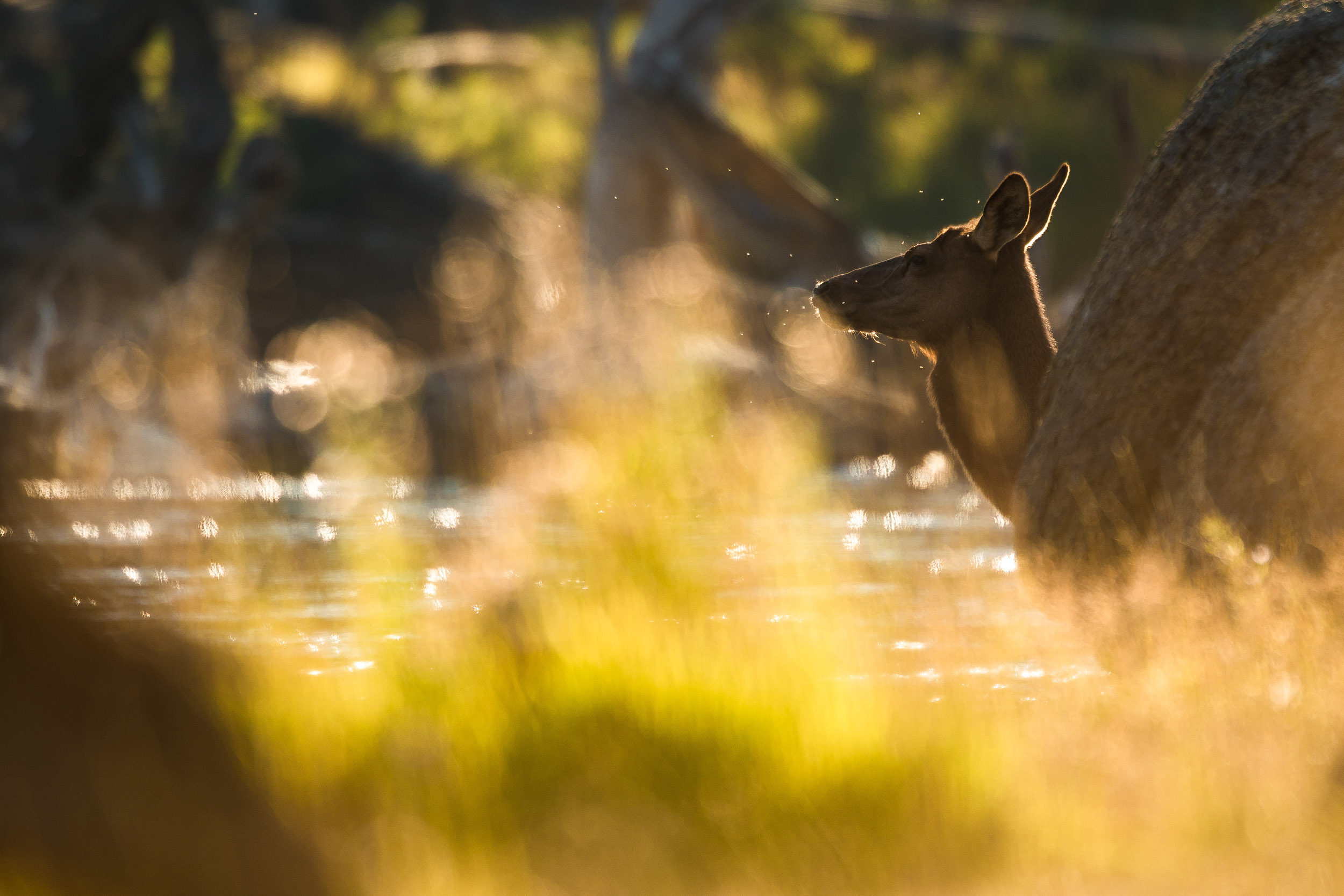
You should also note at this level, post-processing plays a bigger role and personal editing style is a huge part of the final image. Two photographers could stand next to each other all day, and by the time their images are all shot and edited, produce two completely different sets of images.
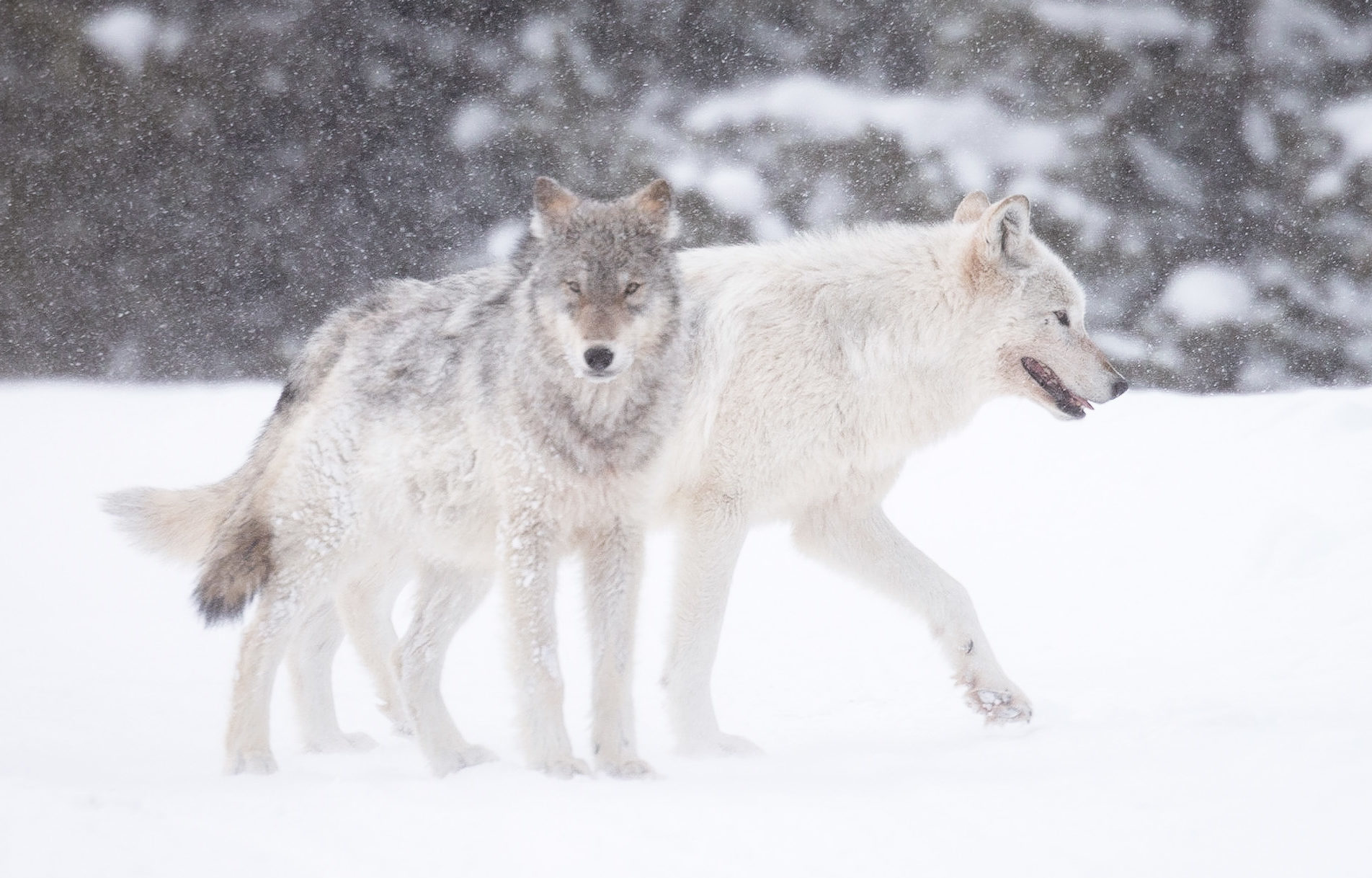
Story-telling
The top level of imagery fits everything above, but then adds a story to the image. Whether it’s an emotion seen in an animal’s facial features or an interaction between multiple animals, there’s an element of narrative to these images. Not every image has to tell a story, and great images can be made without one, but these types of images can really reach a viewer on a more personal level.
Photos in National Geographic are famous because they tell stories that people connect with. They often combine documentary style with multiple images in order to tell a full story. A simple way to tell a story in images, especially with wildlife, is to create three images. One shows the animal in its environment, often using a wide angle or short telephoto lens depending on your distance. The second would be a portrait of the animal, showing either the whole animal or at least the majority of it. The third image would be one showing a specific detail, like the claws of a grizzly bear or the fur of a bison.

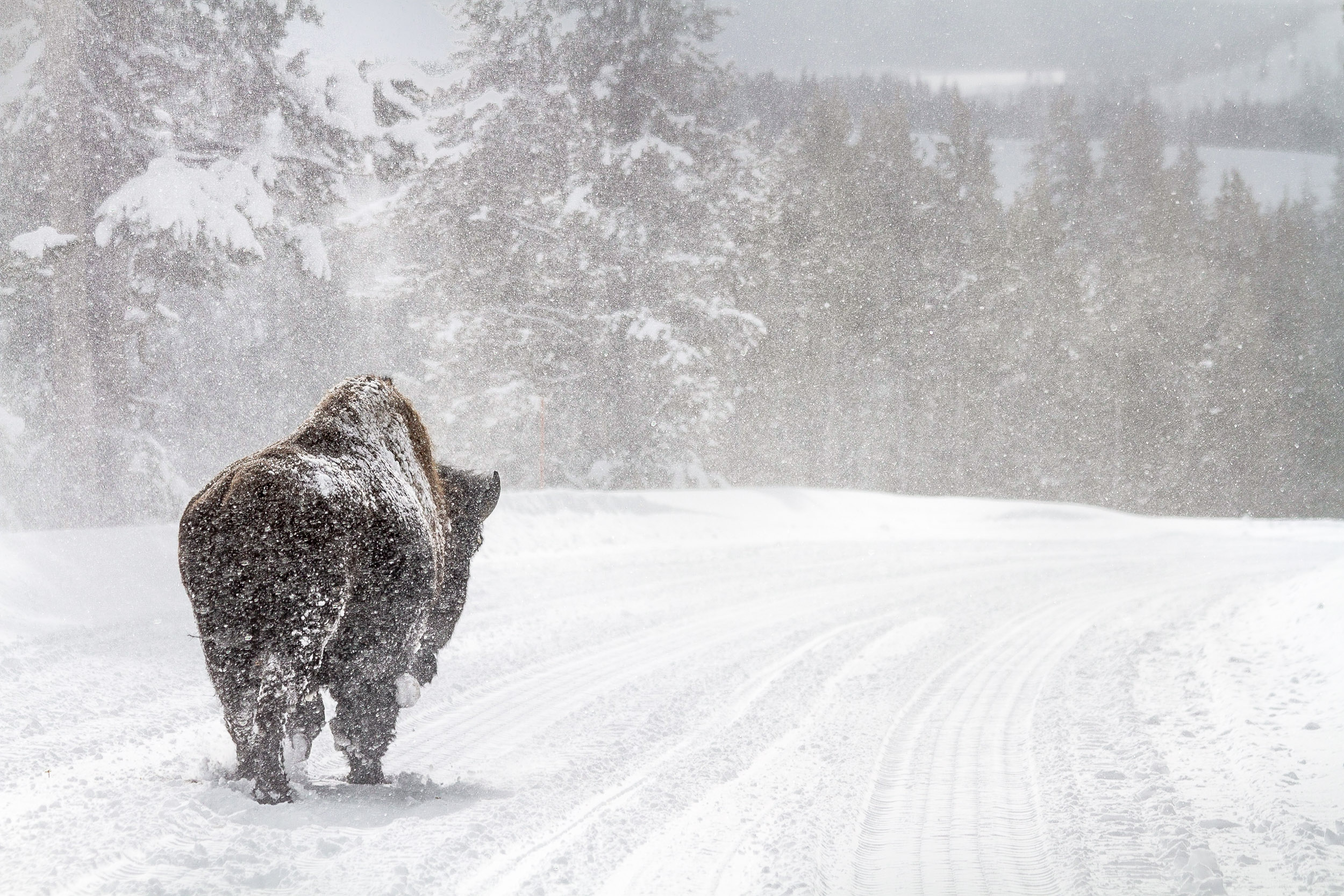
Hopefully explaining this concept will help you strive to move up to the next level in your images. These four categories have little to do with your technical ability, but more so with your creative skills. Find a familiar subject, slow down, and work towards creating a more meaningful, thought out image!
P.S. Whenever you’re ready… here are a few ways I can help you improve your photography.
- Download my free eBook
My best advice that you can start using right away to improve your wildlife photography — Click Here - Join The Art of Wildlife Photography and connect with like-minded photographers
A free Facebook group for photographers interested in learning the art of wildlife photography — Click here - Join a photography workshop in Yellowstone
Improve your photography with hands on instruction in an environment rich with opportunities for both wildlife and landscape photography — Click Here


Thank you for your helpful e book tips. I am a beginner with a true love for nature photography.
Nice write-up. I’m guilty of mostly documentary style, but occasionally stumble on a more artistic image by accident. 🙂
Thank you! My boyfriend and I photograph the wild horses of the Lower Salt River here in AZ. We also enjoy the other wildlife and try to capture them. I am the more creative one and he is more clinical. However, we both get some great photos!